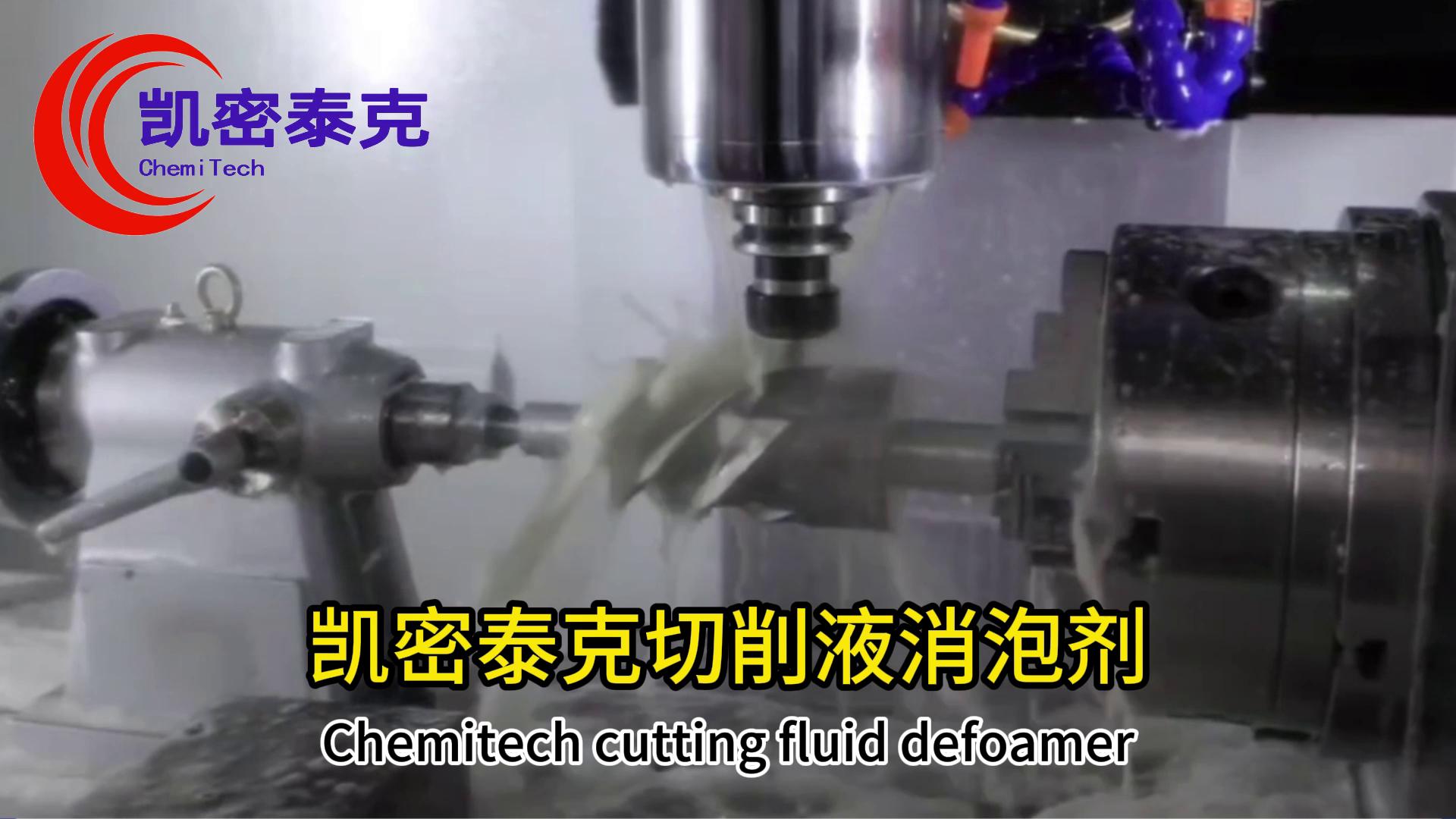-
 SUPPORTERS OF CHEMICAL TECHNOLOGYDEDICATED TO A BETTER LIFE
SUPPORTERS OF CHEMICAL TECHNOLOGYDEDICATED TO A BETTER LIFE -
-
Phone number+86-13414362583
-

News
1、Causes of cutting fluid foam formation
1. The presence of surfactant, emulsifier, lubricant and other surface active substances added in the cutting fluid will reduce the liquid surface tension, and air is easy to mix and form stable foam.
2. Mechanical mixing and circulation. During the processing, mechanical actions such as pumping, nozzle spraying, and high-speed rotation of the cutter will involve air, resulting in foam.
3. Water quality: calcium and magnesium ions in hard water react with cutting fluid components to form insoluble soaps, which increases the stability of foam.
4. Liquid pollution, mixing with oil, metal particles or microbial metabolites (such as proteins) may enhance the stability of foam.
5. Abnormal PH value, too high or too low alkalinity may destroy the chemical balance of cutting fluid and promote the formation of foam.
6. Temperature changes, high temperature accelerates liquid evaporation or chemical reaction, and low temperature may precipitate some components, which may cause foam.

2、 The defoaming and anti foaming principles of defoamers
Defoamers destroy the stability of foam through physical and chemical actions, which can be divided into two functions: defoaming (rapid foam breaking) and foam inhibiting (preventing regeneration).
1) Defoamer mechanism: reduces local surface tension.
Defoamers (such as silicone oil and polyether) spread on the surface of foam, and its surface tension is lower than that of cutting fluid, resulting in local thinning and cracking of foam film.
1. Destroy the elasticity of the membrane, insert the antifoam molecules into the foam liquid membrane, interfere with the directional arrangement of the surfactant, and weaken the self-healing ability of the membrane.
2. Hydrophobic particle action: Hydrophobic particles (such as silica) in defoamers adsorb surfactants, promoting the rupture of liquid film drainage.
2) Bubble inhibition mechanism:
1. Competitive adsorption, antifoam molecules preferentially occupy the liquid air interface, extrude the surfactant, and prevent the formation of stable foam structure.
2. Change the viscosity of the system, some defoamers (such as polyethylene glycol) increase the viscosity of the liquid phase and reduce air retention.
3) Common types of defoamers:
Organosilicon compounds (such as dimethyl silicone oil): efficient but may affect filtration performance.
Polyether type (such as GP polyether): resistant to high temperatures, suitable for hard water environments.
Mineral oil-based: Good compatibility, commonly used in emulsions.
Composite type: Combining multiple ingredients, it has both rapid defoaming and long-lasting foam suppression.
3、 Application precautions
1. Control of addition amount: Excessive amount may affect the lubricity of cutting fluid or cause separation.
2. Compatibility testing: Avoid reacting with cutting fluid components.
3. Targeted selection: match the type of defoamer according to the cause of foam (such as mechanical mixing, pollution, etc.).
By reasonably selecting defoamer and optimizing cutting fluid formula, foam problem can be effectively controlled to ensure processing efficiency and workpiece quality.
Kemtec Defoamer Factory focuses on all kinds of foam problems in industrial production. The first choice of defoamer is Kemtec Defoamer, and we know more about defoaming. Hotline: Manager Fang, 086-19820415595.
Guangzhou Chemi Tech New Material Co., Ltd.
Address : No. 3 Road, Lanshan Village, Xiancun Town, Zengcheng District, Guangzhou City
Contact : +86-19820415595(Manager Fang)
Tel : +86-13414362583(Manager Lee)
E-mail : crystal@gzchemitech.com
